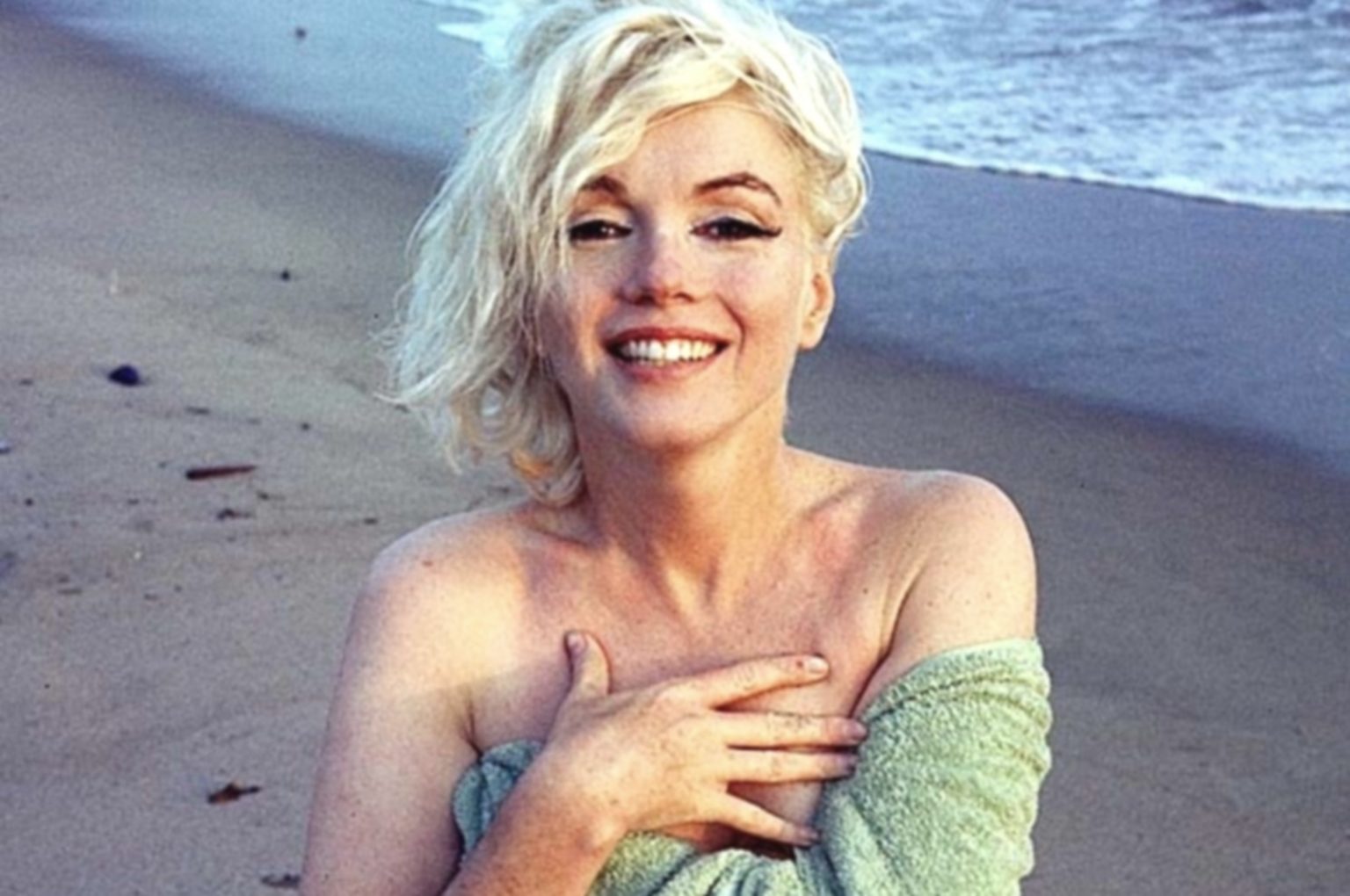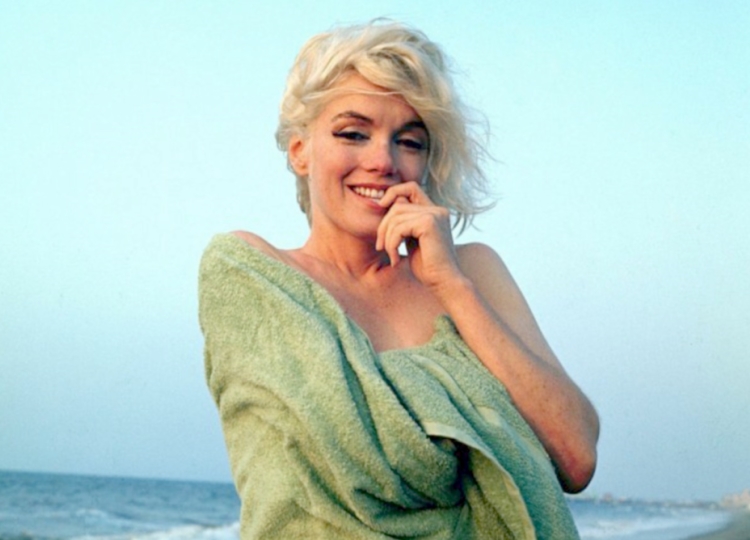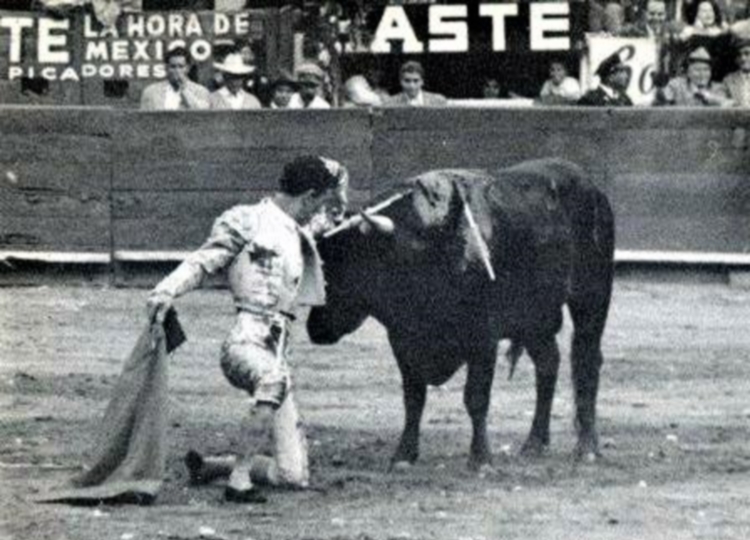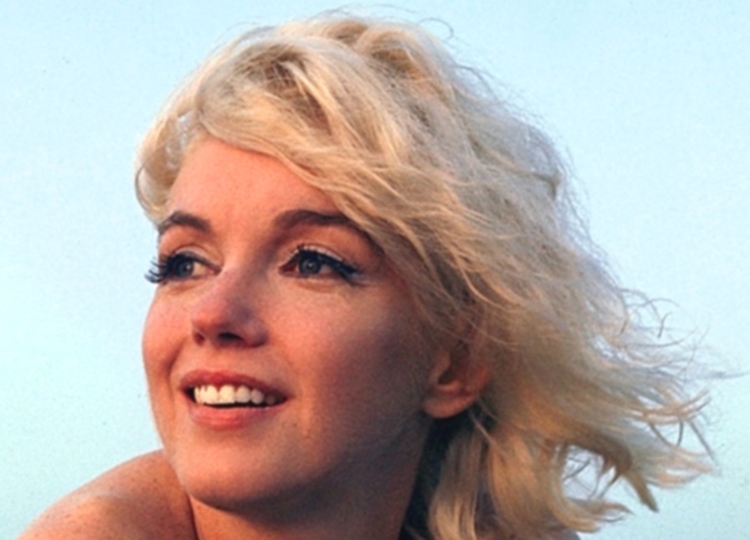A Mexican Attorney and the Marital Annulment
Do Mexican attorneys, as a general rule, remain open until all hours of the night? I can only pose the question without offering an answer since I have never attempted to locate an attorney after normal business hours, during the night time, that is, in Tijuana, Mexico. Maybe in 1952, Mexican attorneys worked twelve or fourteen hour days in hopes that a criminal who needed legal representation, or the odd circumstance that a couple seeking a marriage ceremony, just might wander in off the Tijuana streets during the night time, say between 8:30 and 9:00 PM. And then, maybe the attorneys had to consider the possibility that a married couple might return to Tijuana at night for a discreet marital annulment. Perhaps; but I must express some incredulity.
Upon realizing the awkward and tense predicament in which the Slatzers found themselves, but particularly the situation in which Marilyn found herself relative to Joe DiMaggio, Slatzer suggested returning to Tijuana for the marital annulment; and he did so while the newlyweds were sitting in Marilyn’s living room Monday night October the 6th. Monday night? If we give Slatzer considerable latitude in this matter, recognizing that the hours of sunlight begin to diminish in the fall, then perhaps darkness had fallen by 7:00 PM; so he and his soon to be ex-wife could not have reached Tijuana before 10:00 PM. Would the attorney have been in his office at 10:00 PM or possibly even later? If not, how then did Mr. and Mrs. Slatzer know where the man lived? Accepting momentarily that the attorney was in his office, the now unmarried former Slatzers would not have arrived back in Los Angeles until 1:30 or 2:00 AM on October the 7th, not impossible, of course, but slightly odd since they could easily have waited until that Tuesday morning to return to Tijuana, when the probability of the attorney’s presence in his office would have been higher than absolute zero. And as I indicate later in this section, the former Mr. Marilyn Monroe described a completely different arrangement of circumstances for pathographer Anthony Summers, which leads me to question if Summers ever read Slatzer’s unbelievable book.
Allow me to digress briefly once again.
On Monday, the 6th of October, according to my research, Marilyn posed for additional publicity photographs wearing the now famous potato sack dress. I concede that Marilyn could have posed for those photographs during the daytime and then the soon to be un-Slatzers could have driven south; but Marilyn usually preferred to pose for photographers during the night time. Many of her lens men reported that she often arrived for her sessions not only late but late at night, after 10:00 PM or even 12:00 midnight. Perhaps she just altered her normal routine on that Monday in 1952; but, I must confess, I am dubious, while also confessing that I am slightly confused regarding exactly when and for whom Marilyn posed in that hopsack dress. The generally accepted year of her posing appears to be 1951; however, the wardrobe controversy that motivated the spud dress photographs actually occurred in very early 1952.
On the evening of January 26th, Marilyn received the first Henrietta Award presented during the inaugural International Film Festival for the Foreign Press Association of Hollywood, hosted at the Club Del Mar. Marilyn’s wardrobe choice, a revealing red velvet gown, created some controversy. Although Gene Tierney originally wore the gown without creating any controversy, Marilyn’s revealing appearance in the borrowed dress prompted some members of the Hollywood press to label both the gown, and the woman virtually spilling from it, controversially vulgar. The July 1952 issue of Movieland Magazine published an article entitled “I Dress for Men Says Marilyn Monroe,” featuring the controversy created by Marilyn’s morally crude dress. The editors quoted Marilyn:
It all started when a columnist disliked a dress I wore to a cocktail party and said I would have looked better in hopsacking. The studio then released a picture of me as ‘the girl who looks good even in hopsacking’. Later, still carrying the ball, a columnist criticized another cocktail party dress I wore, saying I should have worn a gunnysack.1Movieland Magazine. “I Dress for Men Says Marilyn Monroe, July 1952.
<http://www.marilynmonroe.ca/camera/mags/movieland.htm>
She did not specifically mention the potato sack dress, and even though Marilyn historians and journalists usually credit Earl Theisen as the photographer responsible for those hopsacking photographs, during my research, I uncovered several references to a photographic sitting for Gene Kornman with Marilyn also wearing that potato sack dress; and the date of the sitting was October the 6th in 1952. I have concluded, therefore, that at least two controversial wardrobe choices by Marilyn motivated negative commentary by the media, prompting her to pose at least twice, possibly more than twice, wearing that famous Travilla designed spud dress.2<http://vintage-erotica-forum.com/t1224-p30-marilyn-monroe.html>
<https://www.pinterest.com/pin/499758889893596338/?lp=true>
<https://masteringmarilyn.tumblr.com/post/146557273299/the-potato-sack-sitting-by-gene-kornman-1952>
<http://vintage-erotica-forum.com/showpost.php?p=1295008&postcount=292>
<http://www.marilynmonroe.ca/camera/mags/movieland.htm>
Other impediments to believing Slatzer’s account of that October weekend must be considered. For instance, noting the assertions of Carl Rollyson and Gary Vitacco-Robles, Marilyn occupied the Castilian Drive house on September the 15th and DiMaggio became her roommate on October the 1st; therefore, when Slatzer and Marilyn were just lounging around in Marilyn’s place on October the 3rd, before they decided to drive somewhere and get married, they must have been just lounging around in the Joe DiMaggio shared house on Castilian Drive. My research did not reveal any indication whatsoever that Mr. 56 was anywhere except Los Angeles with Marilyn at the beginning of October in 1952. So, in Slatzer’s account, where was Joe DiMaggio? Also, when the newlyweds spent one final night together after returning from Tijuana on October the 5th, they must have slept in the house on Castilian Drive. Once again, where was DiMaggio? Where did Joe DiMaggio sleep? In the guest bedroom? Of course, we are expected to accept, without question or any proof whatsoever, that Joe DiMaggio was in Brooklyn announcing those World Series’ games.
Slatzer’s memoir offered the following declaration pertaining to October the 6th and the newly unmarried couple’s return from Mexico: Back home, Slatzer recounted, Marilyn invited me in for a nightcap, and I accepted (Slatzer 163). Of course, Slatzer accepted; but to me, Slatzer’s declaration, as I read and evaluated it, sounded slightly strange: it clearly inferred that he intended, or was prepared, to abandon his now ex-wife, the woman he still desperately loved, at the Castilian Drive curbside and simply drive off in his oil-burning Packard. Considering that the newlyweds had spent the night of October the 5th together, why would Slatzer anticipate abandoning his longtime lover, now his still-loving-him ex-wife, at the curbside? Still, Marilyn must have felt obligated to invite her lover of six years inside to share a drink, but why, keeping in mind that Joe DiMaggio was allegedly absent, keeping in mind that she had just married and spent a honeymoon weekend with Slatzer?
After Slatzer shared that nightcap with Marilyn, along with a few more drinks, and after they toasted the return to a relationship and circumstances which he called just like old times again, Slatzer quickly ended the chapter dedicated to his weekend marital adventure with Marilyn Monroe—Marilyn Monroe! If they shared more than a few drinks after their toast, Slatzer did not so assert; and he furnished only a few additional details of what transpired inside the house on Castilian Drive. For instance, he experienced only a choking feeling in his throat as his teary-eyed now ex-wife kissed him on his cheek, thanked him for his understanding termination of their marriage and then promised to always keep their marriage a secret. Absentmindedly almost, he watched Marilyn swirl the ice cubes in her drink (Slatzer 164). Due to the paucity of detail, I found myself feeling oddly unfulfilled due to the many questions left unanswered.
Did the nightcap, for instance, and the additional drinks they shared develop into a lugubrious drunk? Did they share any tears together later or feel any separation anxiety? When did the former Mr. Marilyn Monroe actually depart from Marilyn’s place? Did he go home to his dog? Admittedly, I found myself wondering this: who fed and chaperoned that dog during Slatzer’s four day absence? Also, exactly where was the lean-to or apartment or house that Slatzer must have maintained somewhere in the metropolitan area of Greater Los Angeles? Did the now unmarried couple, during the day following the marital annulment, speak on the telephone, an activity in which they purportedly engaged constantly? What did their conversation entail? Did Slatzer seek commiserations from a pal? Slatzer simply did not include any information on what actually transpired during that post-marital separation event; but the most remarkable Slatzer assertion, in my opinion, that is, which I mentioned earlier, is this: the Mexican marital annulment was allegedly his idea. Utterly unbelievable.
Several accounts of how and why Mr. and Mrs. Robert F. Slatzer actually terminated their brief marriage emerged over the decades, all provided by the ex-husband: a courthouse fire was to blame; Marilyn had the marriage annulled because she feared the acutely jealous Joe DiMaggio; Marilyn had the marriage annulled because she feared the acutely jealous Natasha Lytess, Marilyn’s drama coach. Natasha apparently had more influence with Marilyn than Slatzer. In another account that Slatzer recounted for Anthony Summers, Marilyn had the marriage annulled to satisfy Darryl Zanuck’s dictatorial demand; and in that account, the submissive newlyweds did not return to Tijuana until Tuesday, October the 7th (Summers 119). Each of the sundry annulment accounts later offered by Slatzer completely contracted his memoir; and once again, I must ask: did Anthony Summers actually read Slatzer’s literary concoction? I must conclude that apparently Summers did not.
Still, I can understand why Zanuck might have grimaced over the marriage. The omnipotent studio head certainly would not have wanted the sexual allure of his new movie star and sex symbol to be minimized or diminished by a new, rather vanilla and portly husband, particularly one who wore obnoxious cologne, a humorous olfactory observation explained later. However, in just over one year, Marilyn would marry Joe DiMaggio without so much as a feeble objection from the powerful Zanuck. In fact, Zanuck had suspended Marilyn for refusing to appear in yet another dumb blonde movie; but then in recognition of her marriage to a national hero, and as a wedding gift, Zanuck reinstated her. We can conclude, then, that the studio head could easily accept Marilyn’s union with a national baseball hero and the regal icon of America’s Pastime; but he could not accept her marriage to an insignificant and bland Ohioan, an insignificant newspaper reporter, copy writer and seller of advertisements.
And thus an obvious question appears. If Marilyn rebelled against Darryl Zanuck’s order regarding a contractual movie assignment, resulting in her suspension, why would she acquiesce to his order regarding her marriage, a purely personal decision. But then, why would Marilyn Monroe even marry Robert F. Slatzer in the first place, considering where she was in her life and her career in late 1952? Why? Particularly why during her romantic involvement with the universally worshiped all-American baseball hero, Joe DiMaggio? No logical reason or credible explanation has ever been advanced to explain the why.



